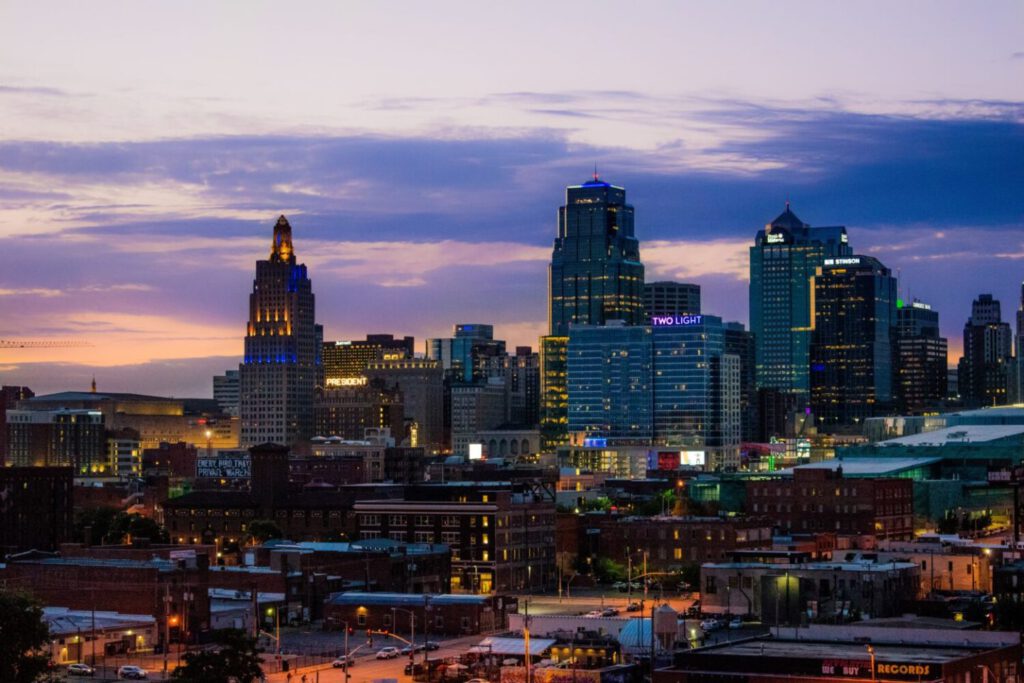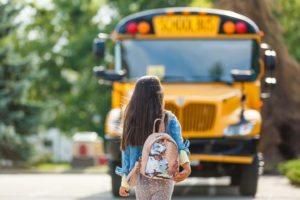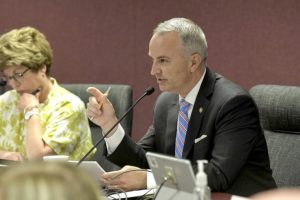Kansas City Public Schools scramble, surpassed by charter schools in enrollment
In a stunning shift, the number of K-12 students enrolled in Kansas City charter schools has surpassed enrollment in public schools. This means more than half of the 26,500 students in the district…

In a stunning shift, the number of K-12 students enrolled in Kansas City charter schools has surpassed enrollment in public schools. This means more than half of the 26,500 students in the district are choosing to attend charter schools.
This finding, unprecedented in Kansas City, is based on district enrollment data obtained in September.
“More and more families are glad to have options available to them,” explains Missouri Charter Public School Association Executive Director Douglas Thaman. He says the pandemic forced parents to take a closer look at how and what their kids were learning, and many public school families didn’t like what they saw. Between 2020 and 2021, Kansas City Public Schools saw the largest drop in enrollment it’s seen in a decade.
In contrast, Thaman says the flexibility and smaller size of charter schools, in addition to the schools’ strong relationships with families, made them better equipped to handle COVID-related challenges: “Those really benefited families during the pandemic, because there was immediate communication between the school and the family.”
What is a charter school?
Charter schools are public, government-funded schools that operate independently.
Each school is established by a private group and operated as a non-profit, overseen by independent boards. Students must submit an application to enroll.
On a variety of measures, charter school students have been shown to outperform traditional public school students in math and reading, as well as daily attendance.
However, critics say these claims are inherently skewed because the brighter students with more involved parents are the ones enrolling in charter schools in the first place. But New York City’s charter school lottery system seemingly dispels that myth.
Currently, there are roughly one million New York City public school students on a waitlist for charter schools. While they wait, the majority will remain in traditional public schools, meaning the best and brightest are still, in fact, filling those seats.
Opposition to charter schools
A gradual decline in public school enrollment could spell disaster for school districts across the nation, since their funding is directly tied to the number of students who attend.
These new empty chairs force school boards to make some tough decisions. Do they slash extracurricular activities, increase classroom sizes or fire teachers to balance their shrinking budgets?
Consequently, teachers’ unions and school district administrators are often the loudest charter school critics.
Unionized teachers in districts around the country have gone on strike to protest charter schools’ supposed drain on their schools. Meanwhile, the majority of charter schools are non-union. If these schools snap up not only students but also teachers from public schools, why would the powerful teachers’ unions be in favor of these independently run schools?
A laissez-faire solution?
Instead of forcing students back into their public school chairs by limiting or banning charter schools, a more sustainable solution for school districts is to entice them. If educators and administrators find ways to increase the quality of education and opportunities in their schools, students might consider returning – or be less inclined to leave in the first place.
In Kansas City, streamlining expenses could provide these types of reinvestment opportunities. A 2018 analysis of Kansas City Public Schools identified several inefficiencies, from maintaining costly, under-capacity buildings to paying administrators up to four times the salary of administrators in comparable districts.
In the meantime, while many traditional public schools continue to struggle, their charter school counterparts continue to shine for one main reason: if parents and students aren’t happy with their education, they have the freedom to go elsewhere.



